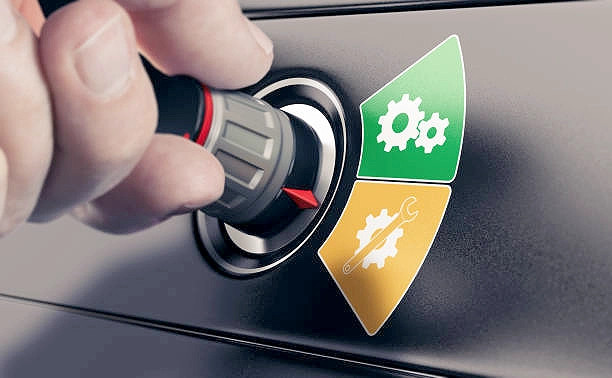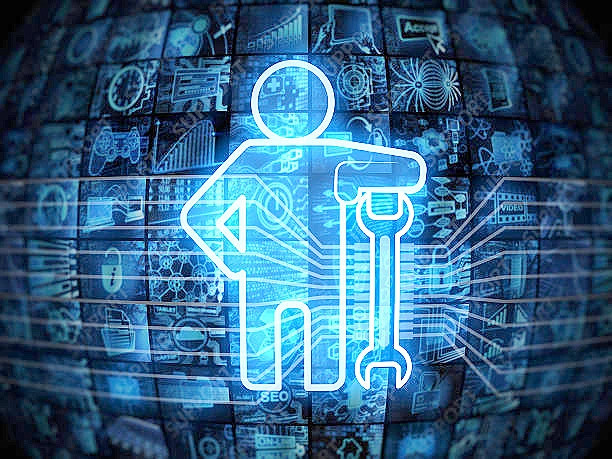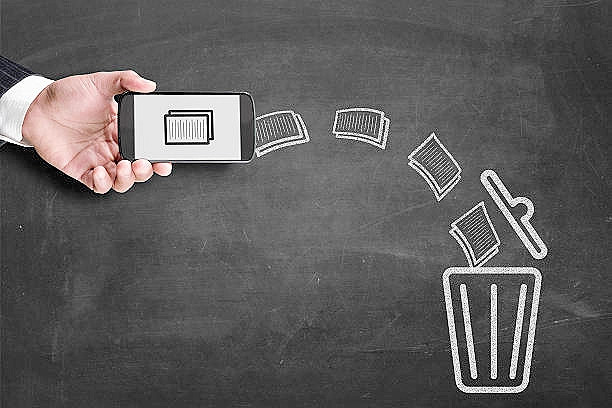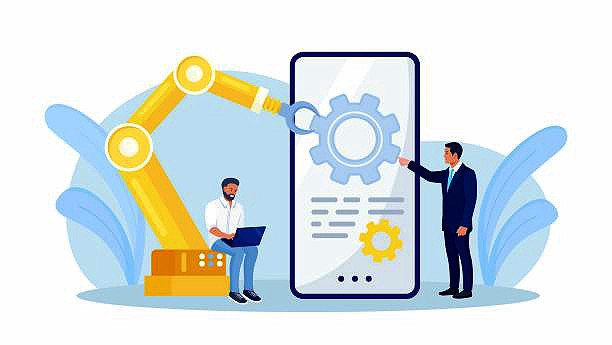Ten Key Points for Effective Equipment Condition Monitoring

Stop it before it breaks
Do you know what the nightmare of every production manager is? An unexpected outage that stops the entire line, costs thousands, and no one knows why it happened.
Reactive maintenance, which is waiting for something to fail, is a financial gamble. And studies clearly show why: only 18% of failures are related to a machine's age. The remaining, incredible 82%, are "random"—caused by improper installation, operator error, or overloading.
That's precisely why it is crucial to be in control. Don't wait; actively monitor.
Approaches to Maintenance: Where are we today?

Reactive Maintenance
Characteristics: Repairs are only performed after a failure. It's a simple, but dangerous approach.
For Whom: Only suitable for completely non-critical equipment where the repair is cheaper than monitoring (e.g., changing light bulbs).
Risks: Leads to unplanned downtime and high costs, as emergency repairs are always more expensive.
Preventive Maintenance
Characteristics: Maintenance is performed at regular time intervals (e.g., after 500 operating hours).
For Whom: Helps to address failures related to a machine's age.
The Problem: It doesn't solve the 82% of "random" failures. It can lead to unnecessary costs and shutdowns, as parts are replaced even when they are in perfect condition.
Condition-Based Maintenance (CBM)
Characteristics: The most advanced approach, which uses data from monitoring and analysis (e.g., machine learning) to predict failures long before they occur.
For Whom: Ideal for high-value and critical equipment where failure would result in significant losses.
The Advantage: Allows for optimal planning of maintenance, parts procurement, and reduces downtime costs.

10 Key Points to Take Your Monitoring to the Next Level
Don't treat monitoring as a magic wand. Condition monitoring is a powerful tool, but it works best when it's part of a comprehensive strategy. The right monitoring choice, high-quality data, and its analysis are key—only then can you take action.
Focus on the most important assets. It's not necessary to monitor everything. Dedicate your money and time to critical components—those whose failure would have the greatest impact on your production. Identify the motors, pumps, or compressors that are the heart of your operation and start with them.
Bet on people—they are the best sensors. No sensor can replace an experienced technician. People who work with a machine every day notice unusual sounds, smells, squeaks, or leaks. Teach your team to be active "sensors" and report even the smallest changes. These observations can reveal a problem long before it appears on a screen.
Every operation is unique. There is no universal condition monitoring program. The frequency and type of monitoring depend on many factors—from the age and load of the equipment to the operating environment. You have to tailor your program, not use a one-size-fits-all template.
Vibrations are a key indicator. When monitoring the condition of equipment in production, parameters such as vibration, temperature, current, voltage, noise, or oil quality are tracked. Vibration monitoring is essential for the predictive maintenance of electrical machines. A well-managed vibration database can detect problems with bearings, rotor imbalance, or frame chatter before they lead to a failure.Watch out for operating conditions. Before collecting data, always ensure that the machine is operating in a standard mode. Values from a "cold" machine will be significantly different from those measured at full load and operating temperature. To ensure accurate diagnostics, it is crucial to compare data under the same conditions.
Choose the right sensors. The choice of the most suitable sensor depends on the machine being monitored, your budget, and the maintenance approach. Sometimes, a single-purpose specialized sensor may be the right choice; other times, it pays to invest in a multi-functional sensor that provides both condition monitoring and standard measurements.
Qualifications are more important than price. Condition monitoring is a job for specialists. If you are outsourcing the work, don't be guided by price alone. Look for certifications (e.g., per the ČSN ISO 18436-1 standard in Czechia) and the supplier's experience. Ideally, look for an expert who is knowledgeable across the entire field—from motors and gearboxes to pumps.
The basics still apply—don't forget prevention. Even the best predictive program doesn't work if you neglect the basics. Regular lubrication of bearings, cleaning cooling fans, and removing dust from electrical cabinets are simple but crucial tasks that significantly extend the life of equipment.
Data is useless without analysis. Data collection is only the first step. The real value lies in its proper analysis and interpretation. Create a process that regularly evaluates the data and, based on it, plans maintenance actions. Without thoughtful analysis, your data will turn into a mere digital graveyard of information.

Keep your operations in top shape
Condition monitoring is an investment in the reliability and efficiency of your operations. It is a modern approach to maintenance management that moves you from reactively fighting fires to planned and effective actions. With these ten points in hand, you'll be one step ahead of the competition and—most importantly—in control of your equipment.
